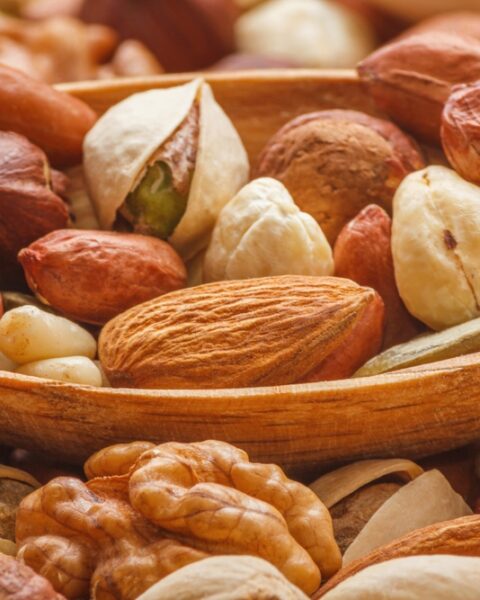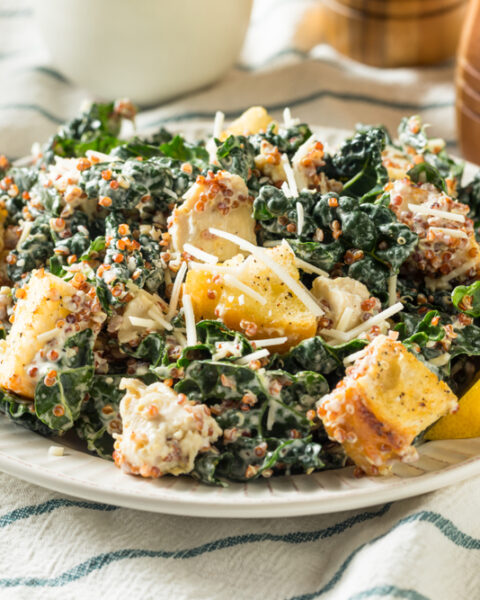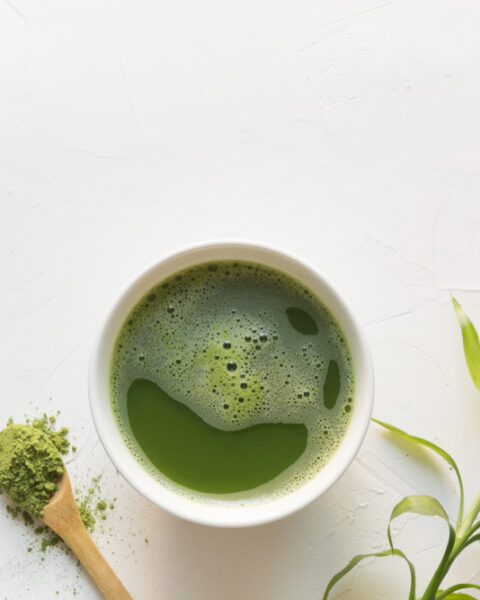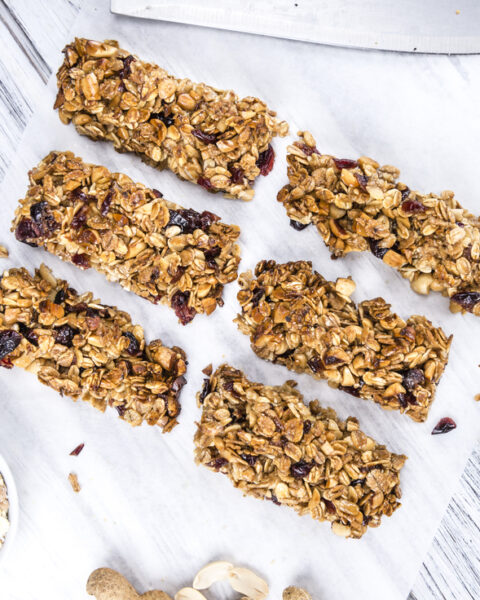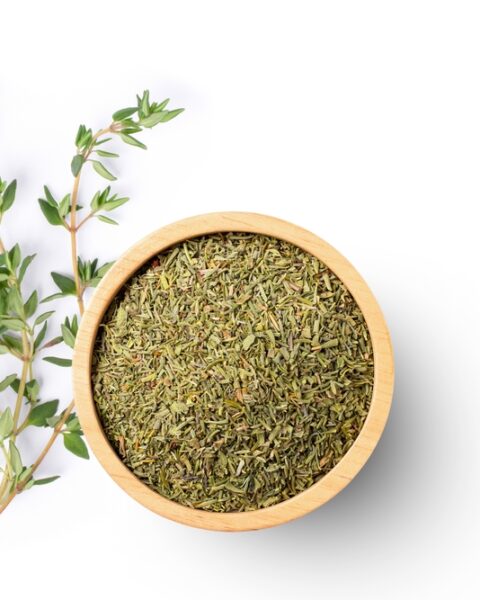Food is an integral part of celebrating culture in Southeast Asia, where every dish tells a story of tradition, family, and heritage. Festival foods in this region go beyond mere sustenance—they symbolize unity, prosperity, and the unique customs of each community. These foods are often made with care, sometimes involving whole families in the process. They also show off the region’s love for fresh ingredients and bold flavors. If you’re curious about how food plays a role in celebrations here, these dishes are a great way to explore.
Contents
- 1 Ketupat (Indonesia, Malaysia, Brunei, Singapore)
- 2 Lemang (Indonesia, Malaysia)
- 3 Bánh Chưng (Vietnam)
- 4 Mooncake (China, Vietnam, Malaysia, Singapore)
- 5 Khao Jee (Laos)
- 6 Popiah (Malaysia, Singapore, Thailand)
- 7 Tangyuan (China, Malaysia, Singapore)
- 8 Yusheng (Singapore, Malaysia)
- 9 Bun Cha (Vietnam)
- 10 Satay (Indonesia, Malaysia, Singapore)
- 11 Cendol (Malaysia, Indonesia, Thailand)
- 12 Adobo (Philippines)
- 13 Hoppers (Sri Lanka, South India)
- 14 Nasi Tumpeng (Indonesia)
- 15 Kuih Lapis (Malaysia, Indonesia)
- 16 More From RetailShout
- 17 17 Vintage Cereal Brands That Vanished Over the Years
- 18 16 Best ALDI Finds for Hosting the Perfect Fall Gathering
Ketupat (Indonesia, Malaysia, Brunei, Singapore)
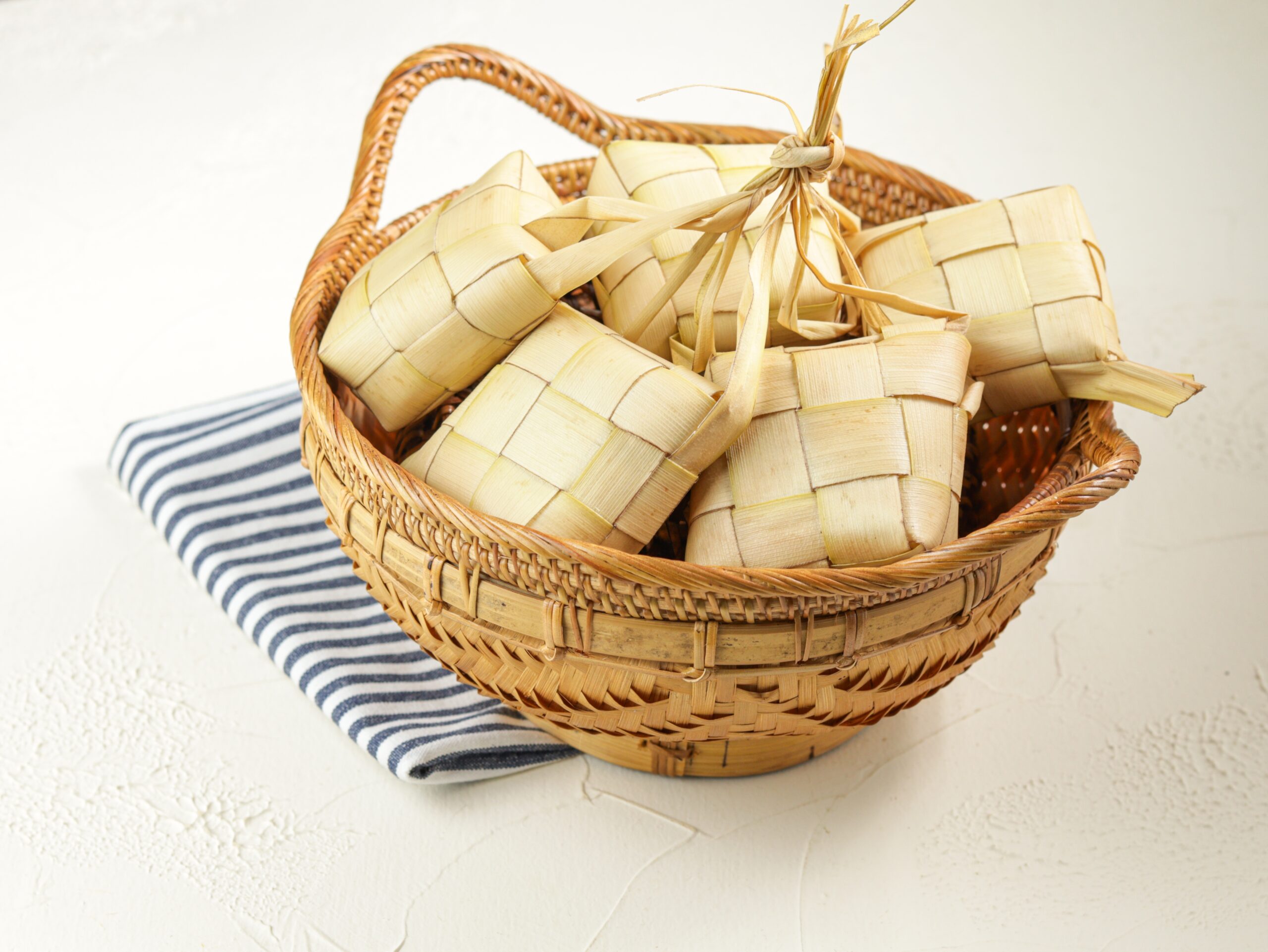
Ketupat is a diamond-shaped rice cake made by cooking rice within woven palm leaf pouches. Traditionally prepared during Eid al-Fitr, it symbolizes forgiveness and the cleansing of sins. The intricate weaving of the palm leaves reflects the communal spirit, as families often gather to prepare ketupat together. Once cooked, the rice cakes are sliced and served with savory dishes like rendang (spicy meat stew) or satay (grilled meat skewers). The combination of ketupat with these dishes highlights the harmonious blend of flavors in Southeast Asian cuisine.
Lemang (Indonesia, Malaysia)

Lemang is glutinous rice mixed with coconut milk, cooked inside hollow bamboo lined with banana leaves. This method imparts a unique aroma and flavor to the rice. Commonly enjoyed during Hari Raya Aidilfitri, lemang represents the resourcefulness of using natural materials in cooking. The preparation process is labor-intensive, often involving community participation, which strengthens social bonds. Lemang is typically served with rendang or serundeng (spiced grated coconut), offering a delightful contrast of textures and tastes.
Bánh Chưng (Vietnam)
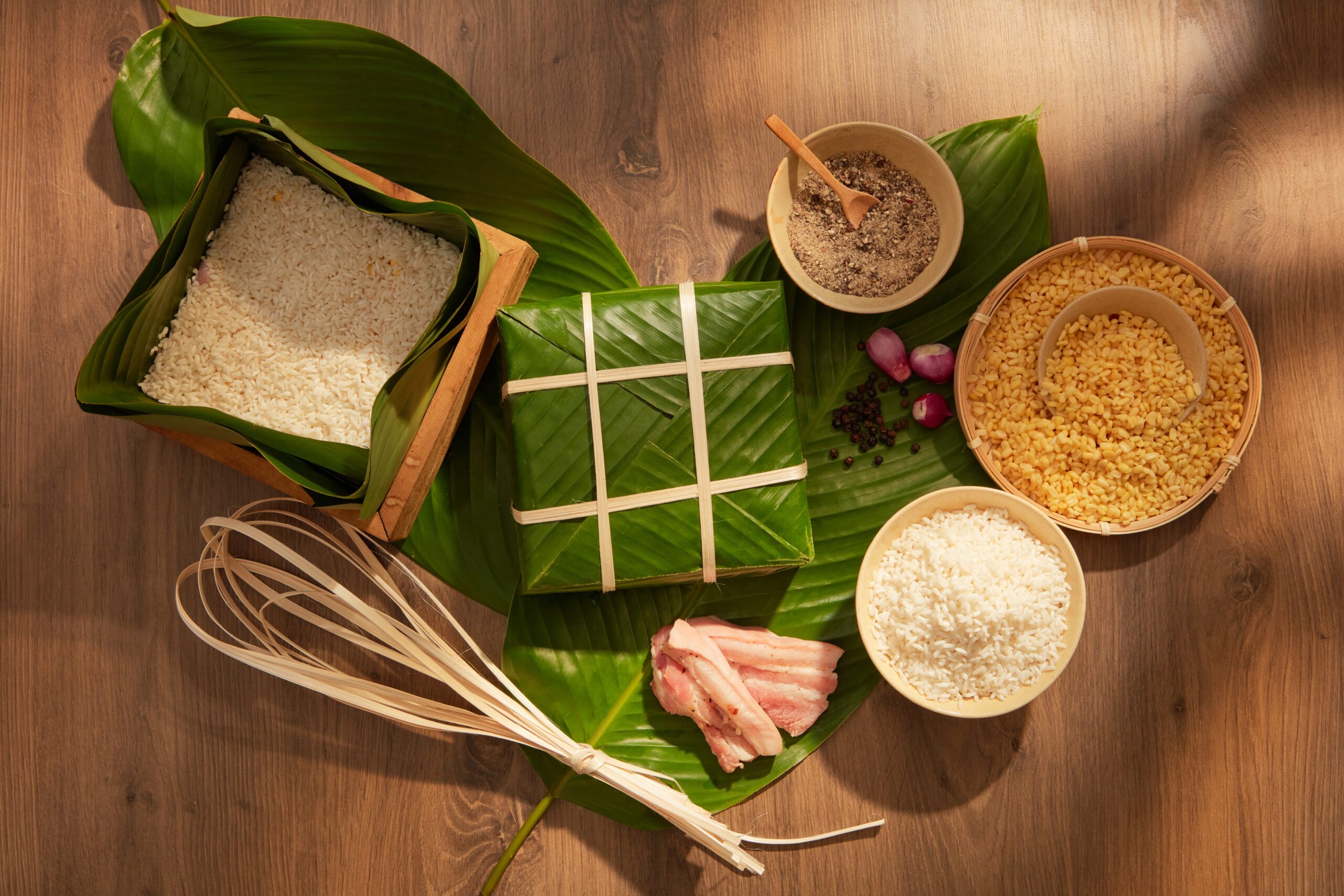
Bánh Chưng is a square-shaped sticky rice cake filled with mung beans and pork, wrapped in dong leaves. It is an essential dish during Tết, the Vietnamese Lunar New Year, symbolizing the Earth and the importance of rice in Vietnamese culture. The meticulous preparation involves soaking rice, marinating pork, and assembling the cakes, often bringing families together in the process. Boiled for several hours, bánh chưng has a rich, savory flavor and is often enjoyed with pickled vegetables. Its enduring presence during Tết highlights the Vietnamese people’s respect for tradition and family unity.
Mooncake (China, Vietnam, Malaysia, Singapore)
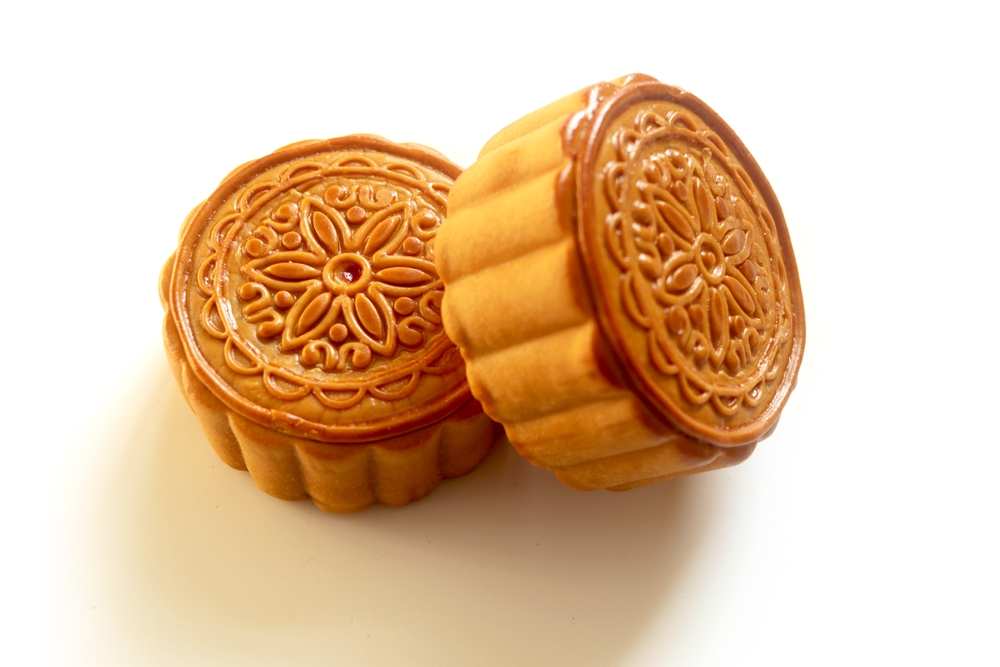
Mooncakes are round pastries filled with sweet or savory fillings, traditionally consumed during the Mid-Autumn Festival. They symbolize unity and the full moon, representing completeness and togetherness. The intricate designs on the crust often depict auspicious symbols or characters. Modern variations have introduced innovative flavors, blending tradition with contemporary tastes. Sharing mooncakes among family and friends is a cherished practice, reinforcing social bonds and cultural heritage.
Khao Jee (Laos)
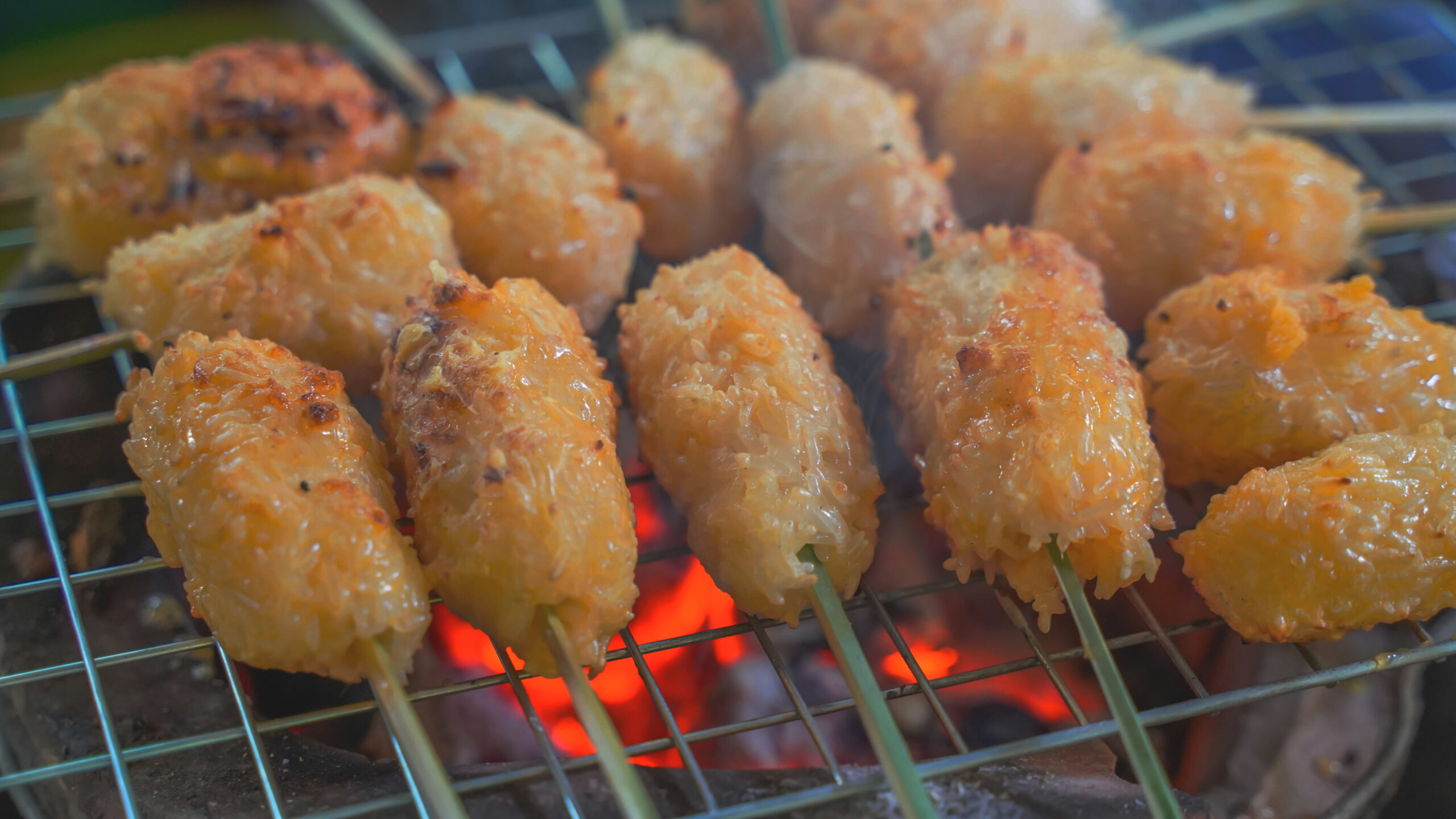
Khao Jee refers to grilled sticky rice patties, sometimes coated with egg, and is a popular street food in Laos. During the Boun Khao Jee festival, these rice cakes are offered to monks as a form of merit-making. The preparation involves shaping sticky rice into patties, grilling them over charcoal, and occasionally brushing them with egg for added flavor. This simple yet flavorful snack reflects the Laotian emphasis on rice in their diet and the importance of almsgiving in their culture. The communal act of preparing and offering khao jee fosters a sense of community and spiritual fulfillment.
Popiah (Malaysia, Singapore, Thailand)
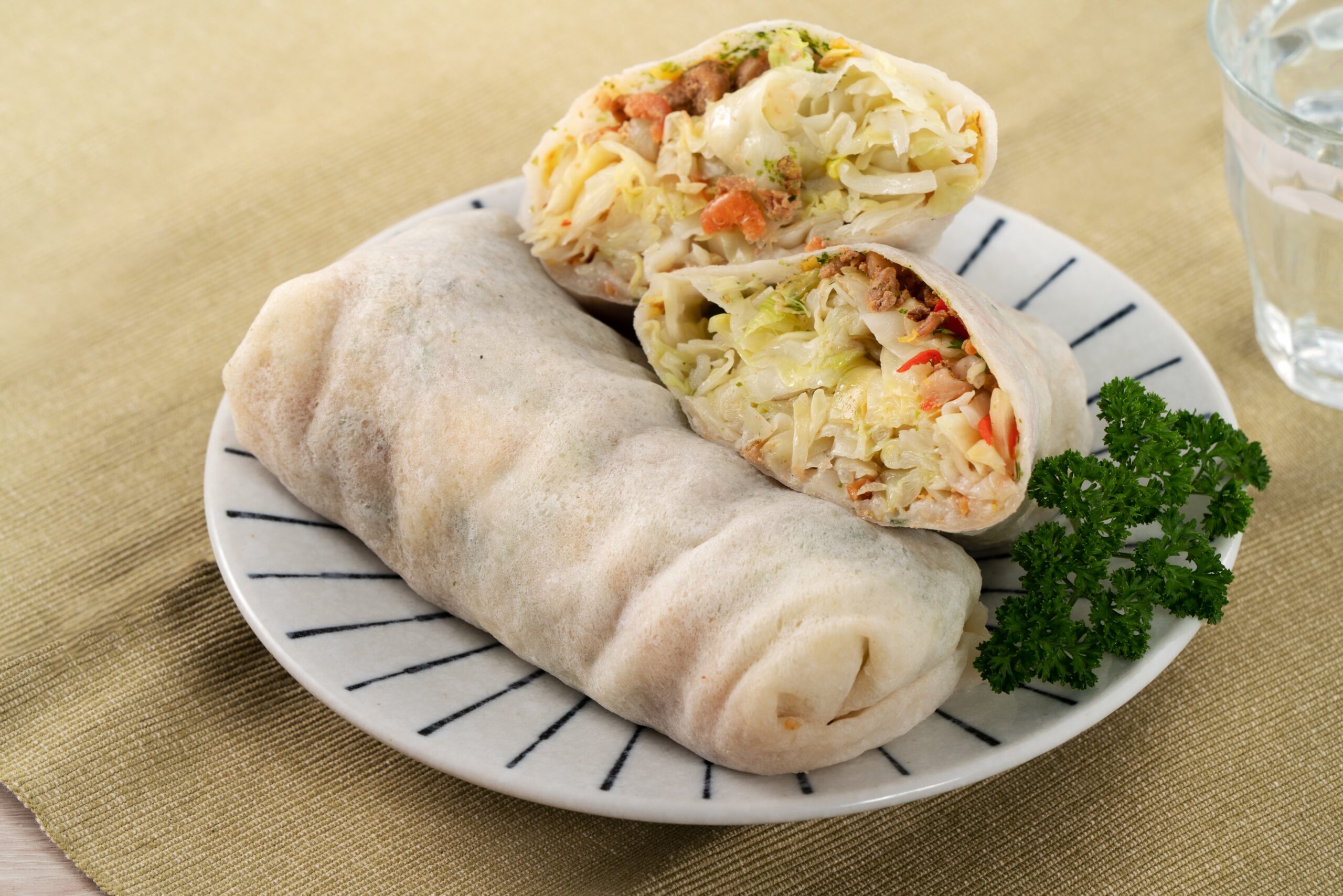
Popiah is a fresh spring roll filled with a mixture of cooked vegetables, meats, and sauces, wrapped in a thin wheat crepe. Traditionally enjoyed during the Qingming Festival, it symbolizes the arrival of spring and the abundance of fresh produce. The preparation is often a communal activity, with family members gathering to assemble the rolls, reflecting unity and cooperation. The combination of textures and flavors in popiah showcases the culinary diversity of Southeast Asia. Its adaptability to various fillings also highlights the region’s openness to culinary innovation while preserving traditional roots.
Tangyuan (China, Malaysia, Singapore)
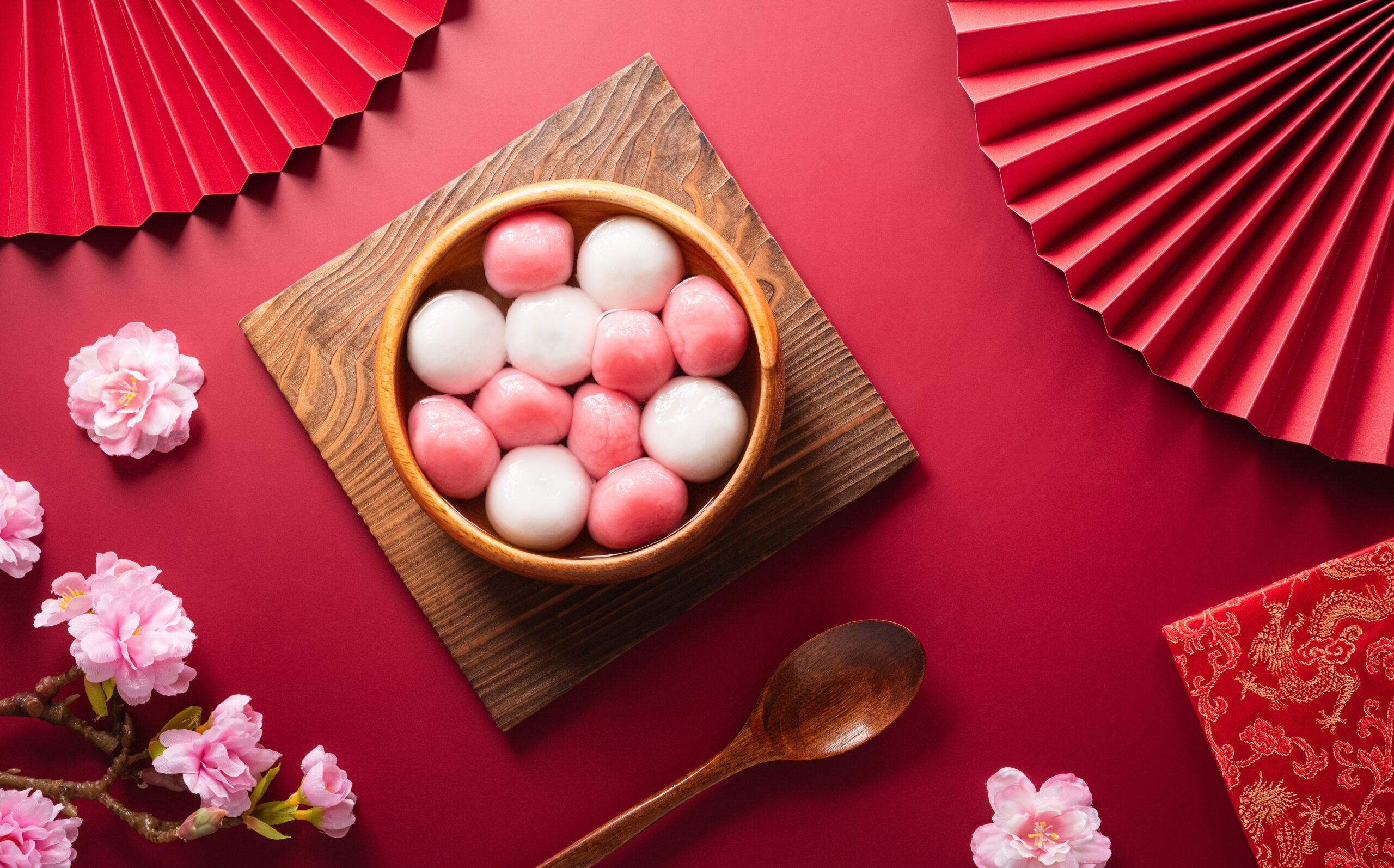
Tangyuan are glutinous rice balls, often filled with sweet pastes like sesame or red bean, served in a sweet broth. They are traditionally eaten during the Lantern Festival, marking the end of Chinese New Year celebrations. The round shape of tangyuan symbolizes unity and family cohesion. The act of eating tangyuan together signifies the strengthening of familial bonds and the hope for happiness and harmony in the coming year. The soft, chewy texture combined with the sweet filling makes it a comforting and beloved dessert across generations.
Yusheng (Singapore, Malaysia)
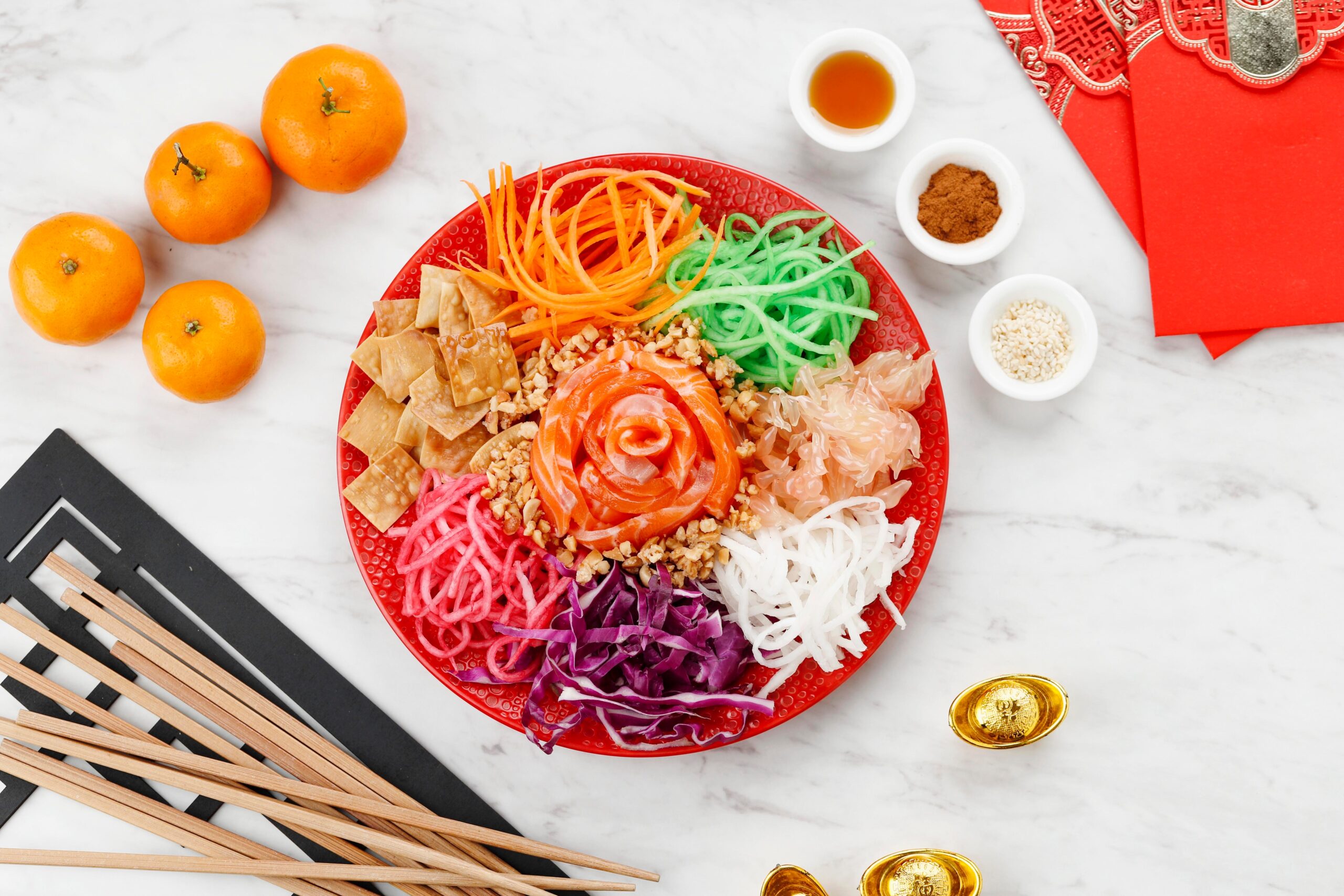
Yusheng is a festive raw fish salad comprising strips of raw fish, shredded vegetables, and various sauces and condiments. It is traditionally consumed during Chinese New Year, symbolizing abundance, prosperity, and vigor. The ritual of tossing the salad, known as “lo hei,” involves diners standing around the table and tossing the ingredients high into the air with chopsticks while chanting auspicious phrases. This practice is believed to bring good fortune and is a joyous, interactive activity that enhances the festive atmosphere. The vibrant colors and flavors of yusheng reflect the multicultural influences in Southeast Asian cuisine.
Bun Cha (Vietnam)

Bun Cha is a Vietnamese dish consisting of grilled pork meatballs served with vermicelli noodles, fresh herbs, and a dipping sauce. It is particularly popular in Hanoi and is often enjoyed during the Mid-Autumn Festival. The combination of savory meat, fresh herbs, and tangy sauce exemplifies the balance of flavors in Vietnamese cuisine. The communal style of eating, where diners assemble their own bowls, fosters a shared dining experience. Bun Cha’s popularity during festivals highlights the Vietnamese appreciation for fresh, flavorful, and harmonious dishes that bring people together.
Satay (Indonesia, Malaysia, Singapore)
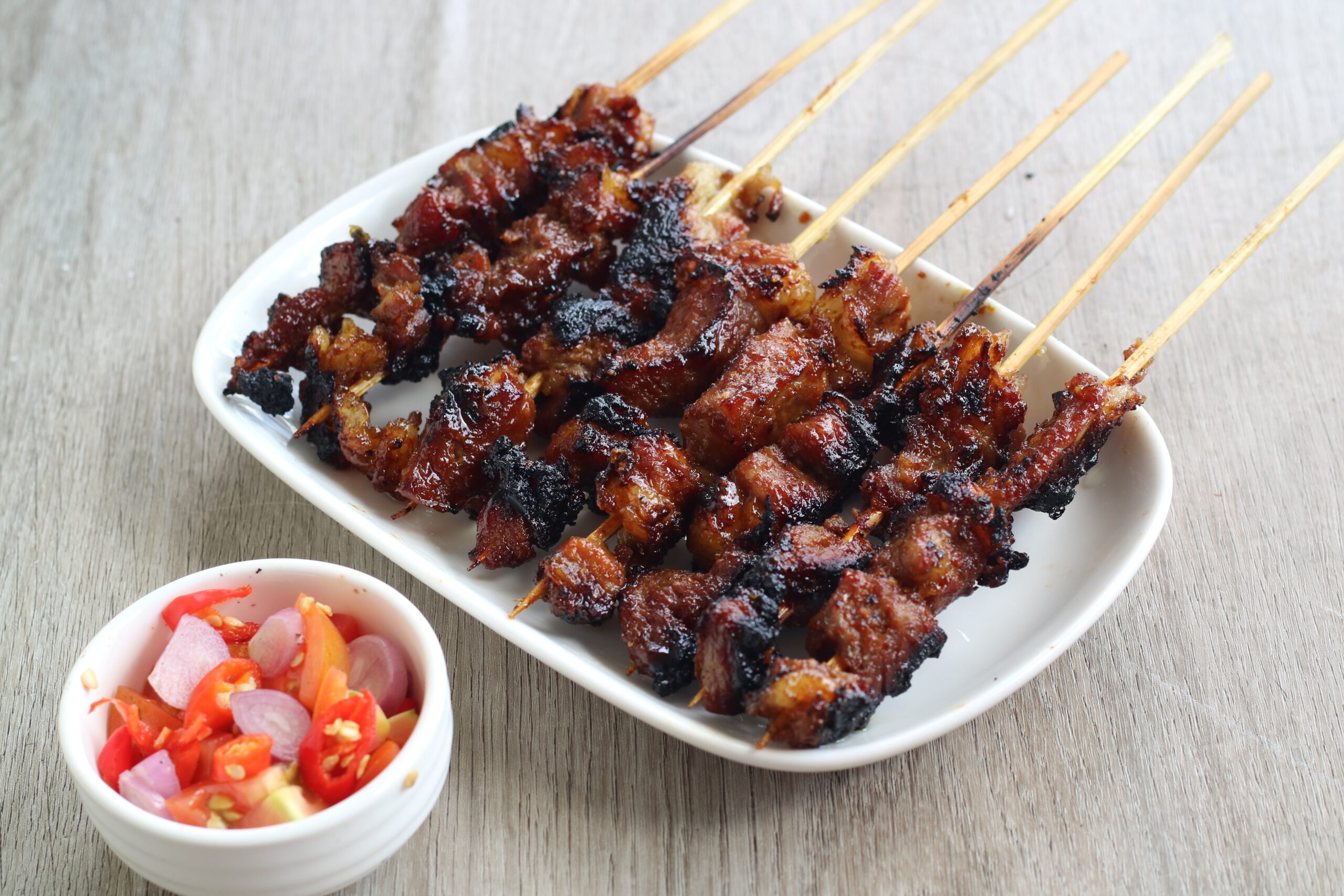
Satay is skewered and grilled meat, served with a rich peanut sauce. This dish is widely enjoyed during festive occasions such as weddings, birthdays, and Eid celebrations. Its smoky aroma and savory taste are enhanced by a blend of spices used in marination. Satay stalls are often a centerpiece of street food festivals, showcasing the communal joy of eating together. The pairing of satay with lontong (compressed rice) or ketupat creates a satisfying meal that embodies cultural harmony.
Cendol (Malaysia, Indonesia, Thailand)
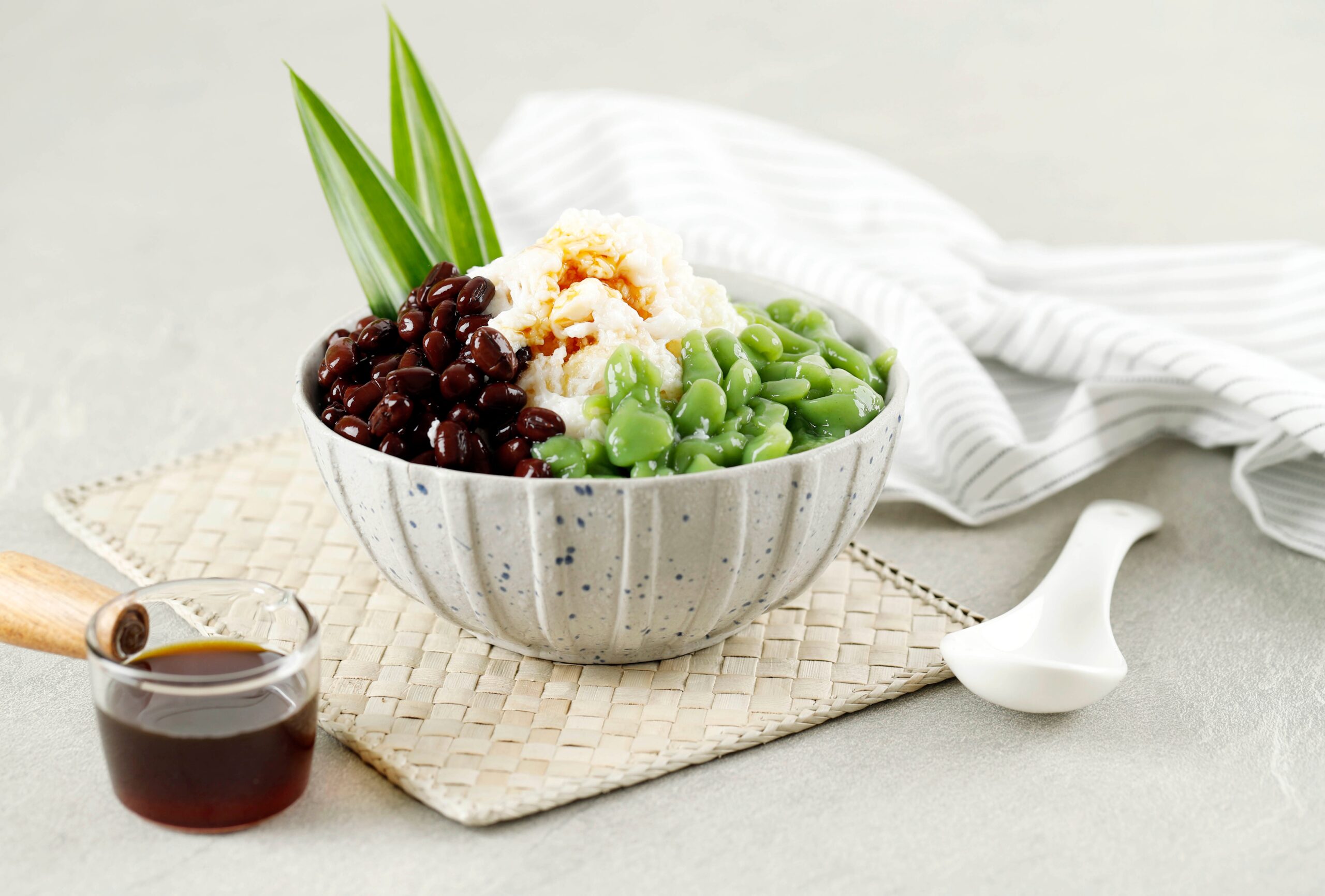
Cendol is a refreshing dessert made of pandan-flavored rice flour jelly, coconut milk, and palm sugar syrup. It is a staple during festivals like Hari Raya Aidilfitri and Songkran in Thailand. The combination of sweet, creamy, and icy flavors provides a delightful contrast in the tropical heat. Families often prepare cendol together, blending modern techniques with age-old recipes. The vibrant green jelly and golden syrup make it visually appealing, adding to its festive charm.
Adobo (Philippines)
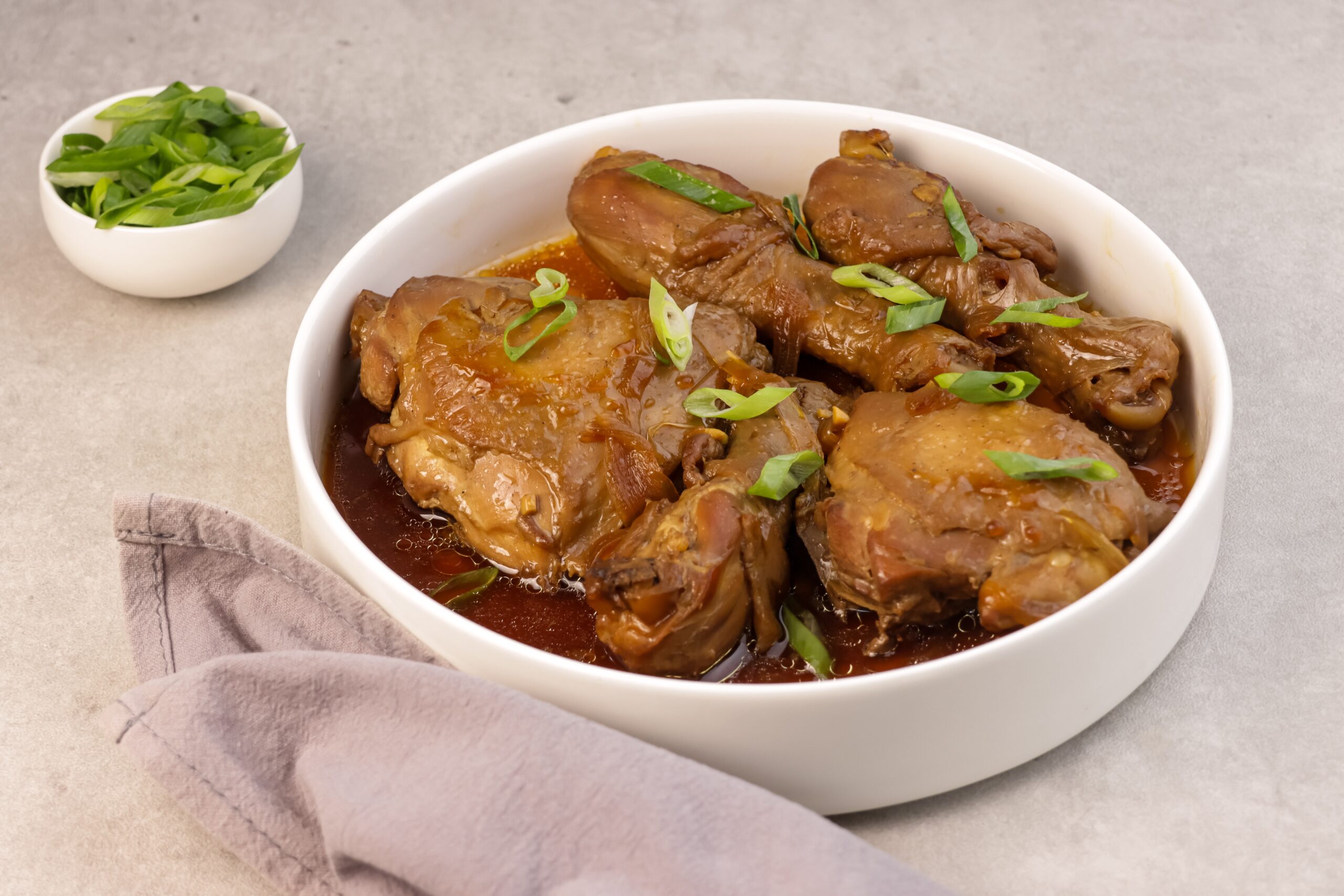
Adobo, the unofficial national dish of the Philippines, is often prepared during festive occasions and community celebrations. Made by marinating meat in vinegar, soy sauce, garlic, and spices, it embodies bold and savory flavors. Each region adds its unique twist, reflecting the diversity of Filipino culinary traditions. Adobo is a symbol of Filipino resilience, blending indigenous and Spanish influences into a harmonious dish. Served with rice, it becomes a comforting and hearty meal shared among families.
Hoppers (Sri Lanka, South India)
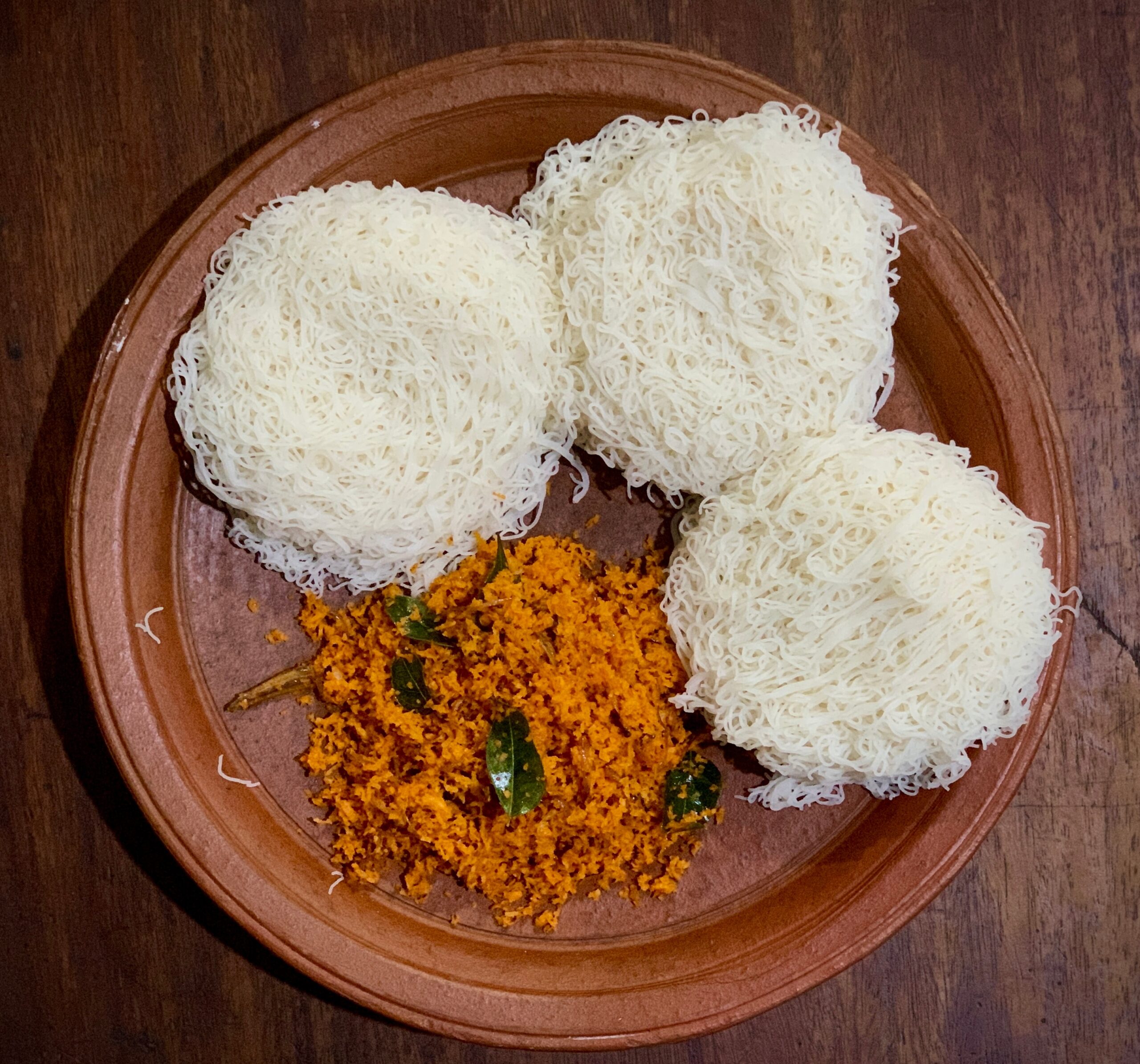
Though primarily from South Asia, hoppers are popular in Southeast Asian communities during Tamil and Sinhalese festivals. These bowl-shaped pancakes are made from fermented rice flour and coconut milk, often served with curry or sambal. The crispy edges and soft center make them a delightful combination of textures. Hoppers symbolize hospitality and celebration, often served during weddings and temple events. Their versatility allows for both savory and sweet variations, catering to diverse palates.
Nasi Tumpeng (Indonesia)
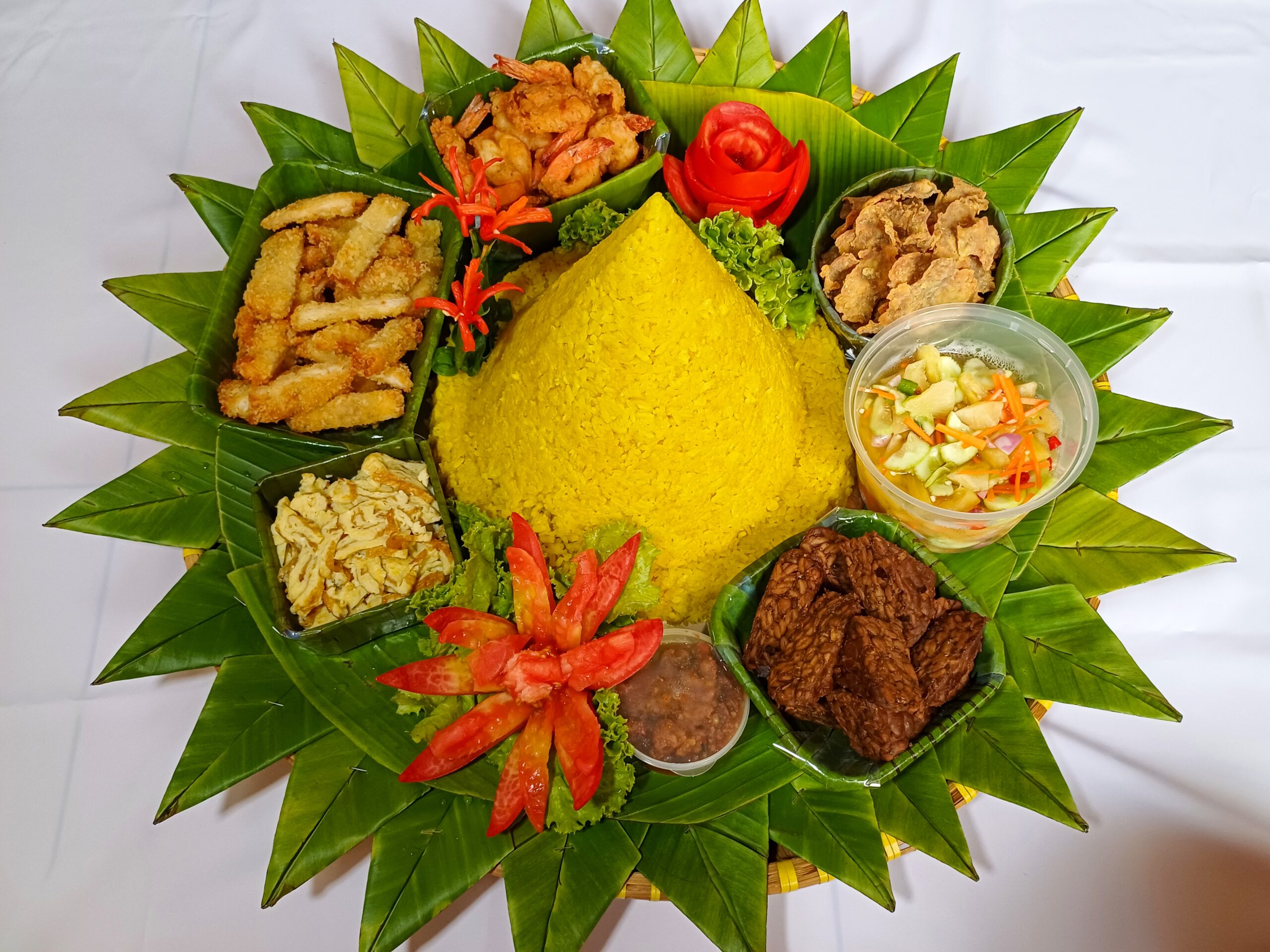
Nasi Tumpeng is a celebratory dish consisting of a cone-shaped rice mound surrounded by various side dishes like chicken, eggs, and vegetables. It is served during important milestones, festivals, and ceremonies. The cone shape represents gratitude and reverence towards the divine. Preparing nasi tumpeng is a communal effort, reflecting unity and collaboration. The vibrant presentation and assortment of flavors showcase Indonesia’s culinary richness.
Kuih Lapis (Malaysia, Indonesia)
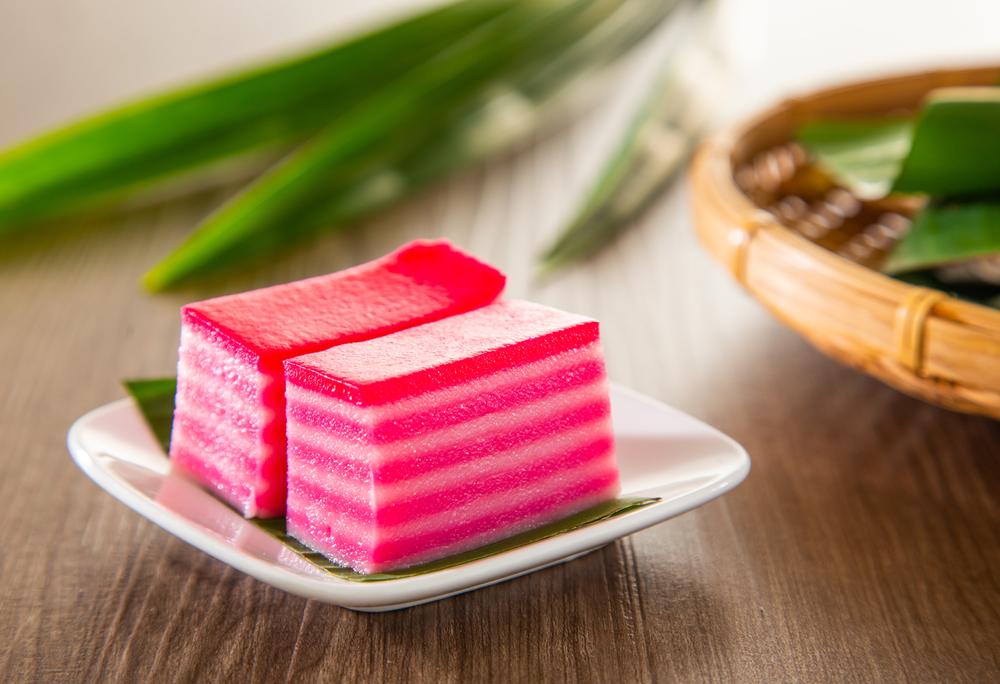
Kuih Lapis, or layered cake, is a colorful steamed dessert made from rice flour, coconut milk, and sugar. It is a popular treat during festive occasions like Chinese New Year and Hari Raya. The layers represent patience and precision, as each layer is poured and steamed separately. Kuih Lapis is not just a dessert but also a symbol of heritage and family bonding. Its sweet, chewy texture and eye-catching appearance make it a festive favorite.
This article originally appeared on RetailShout.
More From RetailShout
15 Trader Joe‘s Dairy-Free Products That Taste Amazing

Trader Joe’s has become a go-to spot for finding great dairy-free products that taste just as good, if not better, than their traditional counterparts. If you’re cutting out dairy or simply exploring new options, the shelves at Trader Joe’s are filled with delicious plant-based alternatives. Read More.
17 Vintage Cereal Brands That Vanished Over the Years

Remember the good old days when breakfast was all about colorful cereals with fun shapes and sweet flavors? Back then, cereals were more than just food; they were a big part of our childhood mornings. Read More.
16 Best ALDI Finds for Hosting the Perfect Fall Gathering
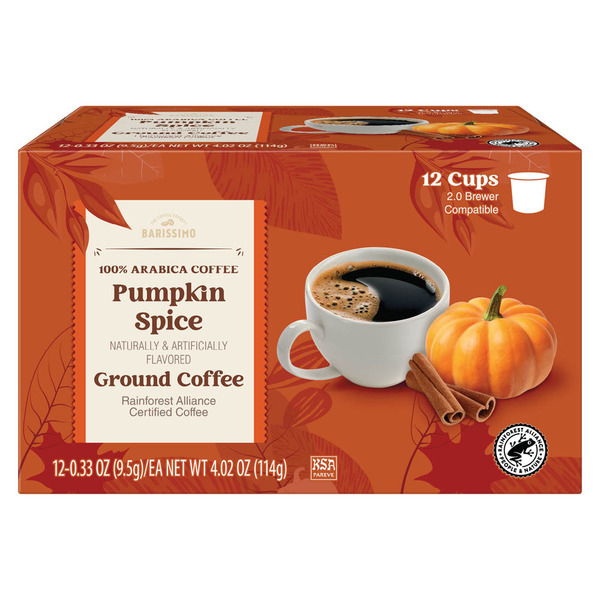
Hosting a fall gathering is all about capturing the cozy, warm vibes of the season. Whether it’s a casual get-together or a festive spread, Aldi has everything you need to make it special. Read More.

